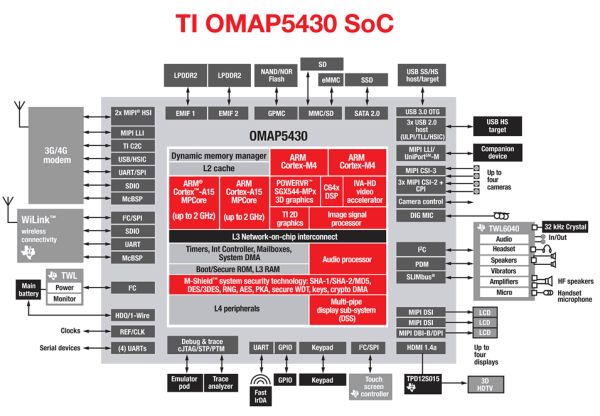SNESFAN
Retro game fanatic
Mcobit quoted basically what i was reading.
My friend is a huge virtual guy, its what he does for his server farm. We got in a conversation about running arm based servers due to power efficiency and he was bringing up the virtualization thing in the a15s and he seemed pretty excited about it.
I hadnt thought about how it would impact gpu, and if you had to share that out or run that back through the most i could see that adding layers of fat and if you wanted the most out of your hardware you would want exclusive access im sure. With servers most of the time they run idle visually thats why its benificial there.
Do gpus even offer virtualization support like the cpu i wonder?
With both os's "sharing" the same kernel in ram that would remove one layer as the kernel stays pretty static once loaded into memory right? But that wouldnt effect gpu access would it? Sharing the same drivers and all
Sent from my MB612 using Tapatalk 2
My friend is a huge virtual guy, its what he does for his server farm. We got in a conversation about running arm based servers due to power efficiency and he was bringing up the virtualization thing in the a15s and he seemed pretty excited about it.
I hadnt thought about how it would impact gpu, and if you had to share that out or run that back through the most i could see that adding layers of fat and if you wanted the most out of your hardware you would want exclusive access im sure. With servers most of the time they run idle visually thats why its benificial there.
Do gpus even offer virtualization support like the cpu i wonder?
With both os's "sharing" the same kernel in ram that would remove one layer as the kernel stays pretty static once loaded into memory right? But that wouldnt effect gpu access would it? Sharing the same drivers and all
Sent from my MB612 using Tapatalk 2


